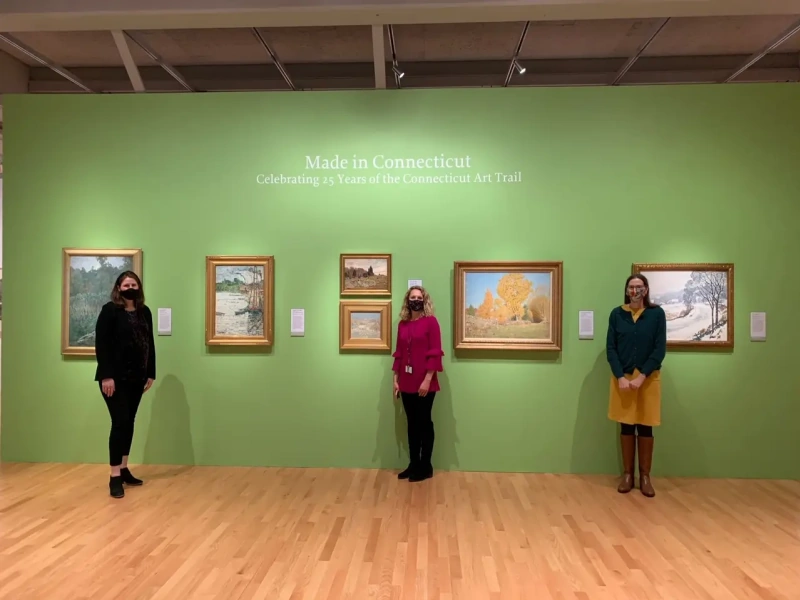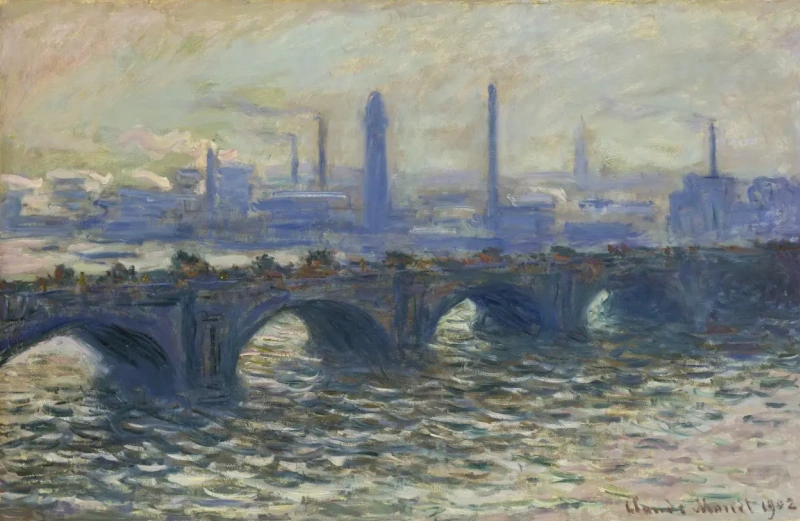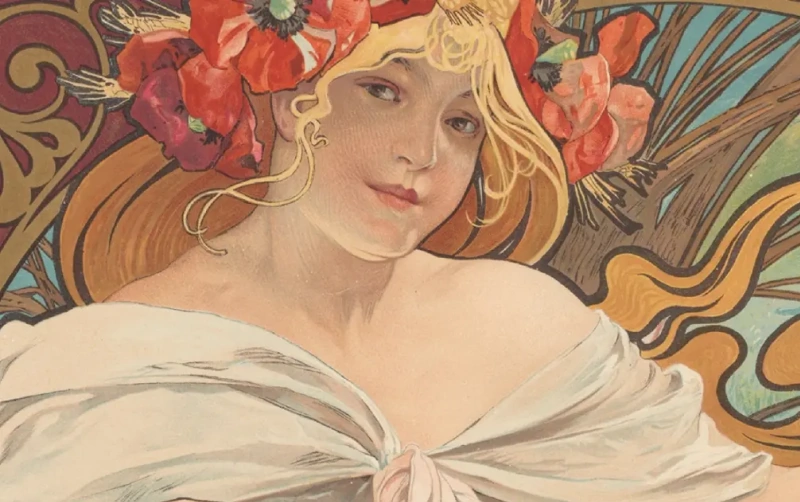German painter and graphic artist. Learned lithography from his father and at the Berlin Academy of arts (1830). Already in the early works of Menzel full expressive and accurate domestic details differ liveliness characteristics. Tireless draftsman (over 5 thousand drawings in the National gallery, Berlin), he was also a master of watercolor, gouache, etching, lithography.
Adolf von Menzel was born in the Eastern German town of Breslau (now Wroclaw, Poland). In 1830 he moved with his family to Berlin. The first art school was for Adolf lithographic workshop of his father. Becoming in 1833, the breadwinner of the family after his father's death, he took any job: did a lunch menu, invitations, etc. Adolf short (only 6 months) attended classes at the Academy of arts in Berlin and was almost self-taught. First became known in 1833 by the notebook of drawings executed with pen and depicting "the Life of an artist". This youthful work of Menzel followed a number of them lithographed "Attractions Brandenburg history" (1834-39, 12 sheets) and some of his first experiments in oil painting what, for example, "the Game of chess" (1836), "Legal advice" (1837), "the Trial" (1837) and other works.But soon he had to put aside the palette and brush, in order to deal with the composition of the illustrations to "History of Frederick the Great," Kugler (1839 -42) and after that illustrating luxury editions of the works of Kugler (1843-49). Both of these works made Menzel to delve into the study of the epoch of Frederick the Great.
Rendering it with complete historical accuracy, excellent characteristics of the provisions and actors, the realistic truth and technical prowess, he made himself a big name from their compatriots mainly with paintings on the themes drawn from that era, what are, for example:
* "Round table of Frederick the Great" (1850, is in the Berlin National gallery),
* "Concert in Sanssouci" (1852),
* "Frederick the Great on the road" (1854),
* "The oath of Frederick the Great in Breslau in 1741" (Breslau Museum)
* "The meeting of Frederick the Great and Joseph II at Neisse",
* "Friedrich before a leithian battle",
* "Friedrich Gorkitskoe in battle" (1856; in the Berlin Royal Palace) and others.
In 1840-ies he begins to write from life. There are a number of landscapes, portraits, which were first shown in 1906 at the exhibition Menzel at the National gallery in Berlin and have dramatically changed the prevailing opinion about his work.
In 1850-ies he wrote, besides, several paintings of biblical content, the advantage of which in most cases harm their excessive realism, and then again showed his talent with the full splendour in the magnificent "Coronation of Frederick William I in königsberg" (1861-65; in the Berlin Royal Palace), the "Departure of the king to the war, July 30, 1870" (1871; in the Berlin National gallery), "dinner Ball" (1878), "the Conversation of the king with the lady at the court ball" (1880), in "Religious procession in Gastein"(1880), "Square d'erbe in Verona" and "Zhelezobaktery plant" (1875), the most remarkable of all the artist's paintings depicting the inside zhelezorudnogo plant while working on it. Beyond the mentioned works, Menzel performed many other, less significant genre paintings, pen drawings, compositions for policypage, watercolors and gouaches. Since 1856 he was a Professor and member of the Berlin Academy of arts.
During the long years of his life he visited Austria, traveled on the Rhine, the Danube, was on the Baltic sea, Holland, Italy, toured the whole of Germany. Travel was his source of subjects for paintings, genre paintings, pastels. In these works was not the poetry and emotions that were inherent in his early works.
Menzel has worked for over twenty years (1863-1885) on a series of gouaches and watercolours, combined to form a "Children's album". It contains scenes from everyday life, images of animals, birds, etc. the Last years of his life he devoted to the schedule, although throughout the creative journey never parted with a pencil: in the National gallery in Berlin, there are over five thousand of his drawings.
In 1880-1890 G. G. Menzel drawn to the image of old age, he depicts the portraits of old men and women, seek psychological expression of this condition.
9 Feb 1905 in the ninetieth year of his life he died. The Imperial court he had arranged a very lavish funeral, which was awarded to only General-field Marshal.
-
Les œuvres ont eu du succès55 users
- Artworks in 2 collections and 60 selections























